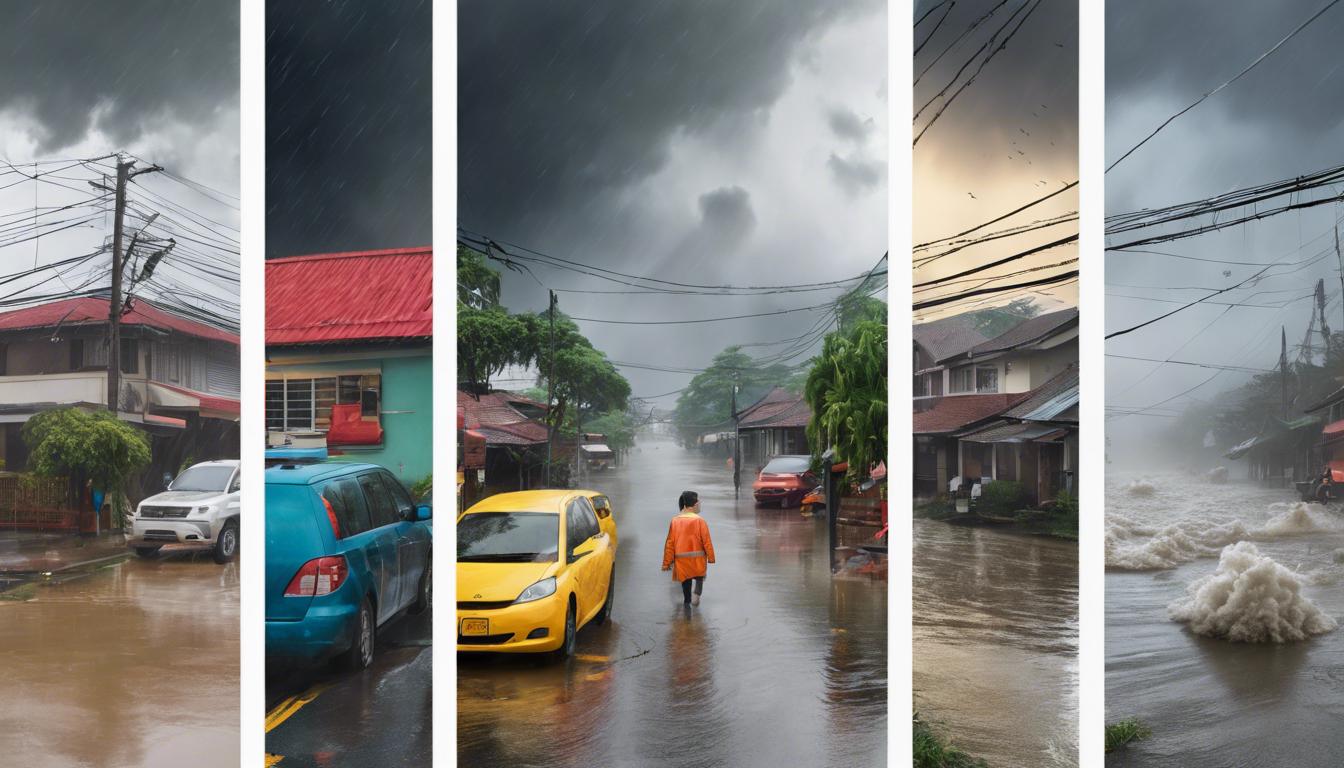From severe flooding in Indonesia to destructive weather patterns across the United States and China, alongside the looming threat of Tropical Cyclone Megan in Australia, a series of extreme weather events across the globe highlights the escalating impact of climate change.
Severe flooding has wreaked havoc in Semarang, Central Java, Indonesia, following close to 200mm of rainfall, attributed to a low-pressure weather system. The deluge, which saw floodwaters reach up to 80cm, resulted in the shuttering of roads and a railway station, alongside 10 landslides. Officials have advised those near clifftops and riverbanks to evacuate as a precautionary measure. This incident is part of a recurrent issue in the city, where factors such as poor drainage, construction in sensitive areas, mangrove deforestation, and land subsidence due to groundwater extraction have been identified as contributors to the flooding problems.
In the United States, the Midwest was battered by severe weather, including baseball-sized hail that caused significant damage to crops and infrastructure. The National Weather Service also reported tornadoes and strong winds around 60mph, calling for heightened caution in several counties.
Southern China faced its challenges with high temperatures and 100% humidity causing extreme condensation. This weather phenomenon resulted in slippery conditions and dense fog, which disrupted daily life and reduced visibility, posing dangerous conditions for the region’s inhabitants.
Adding to the global weather concerns, the Northern Territory in Australia is bracing for the impact of Tropical Cyclone Megan. Currently intensifying off the coast, Megan threatens with destructive wind gusts reaching 120km/h, heavy rainfall, and potential flooding. Classified as ramping up to a category-three system, the cyclone’s slow pace adds uncertainty to its intensity and precise landfall timing. Communities, particularly around Alyangula and along the Queensland border, have been urged to prepare and review their emergency plans. This upcoming cyclone follows the recent ex-tropical cyclone Lincoln, which had already subjected the region to disruptive weather conditions.













